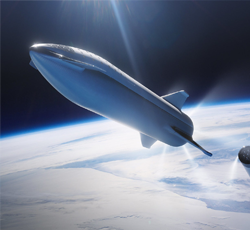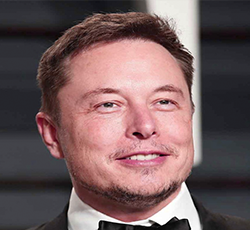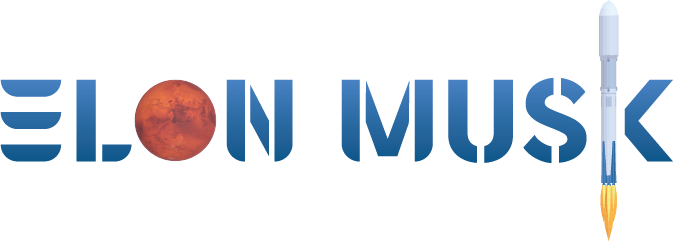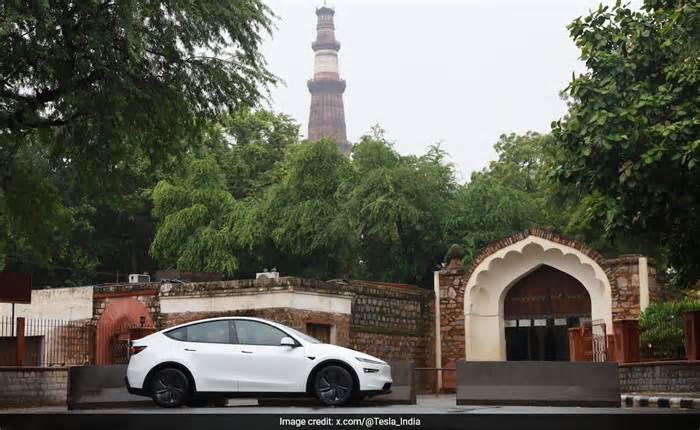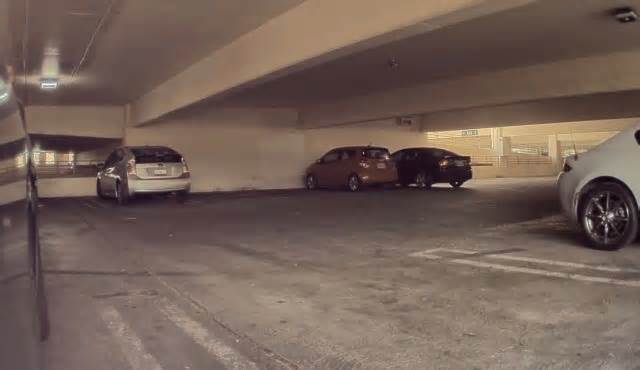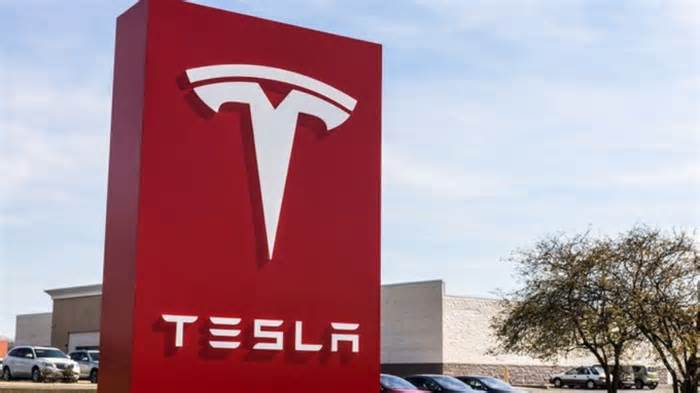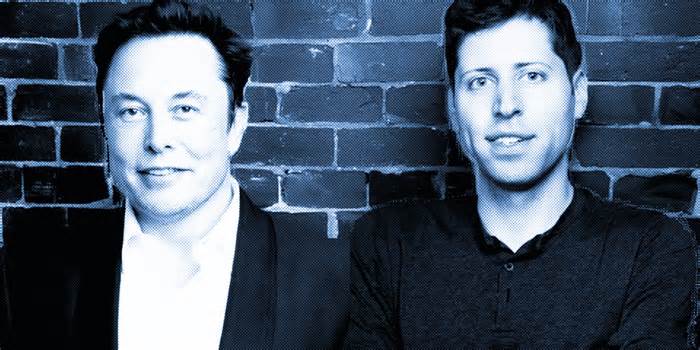
Tesla Opens Futuristic Diner That Blends EV Charging with Quick Service Dining
- by Restaurant Technology News
- Jul 24, 2025
- 0 Comments
- 0 Likes Flag 0 Of 5
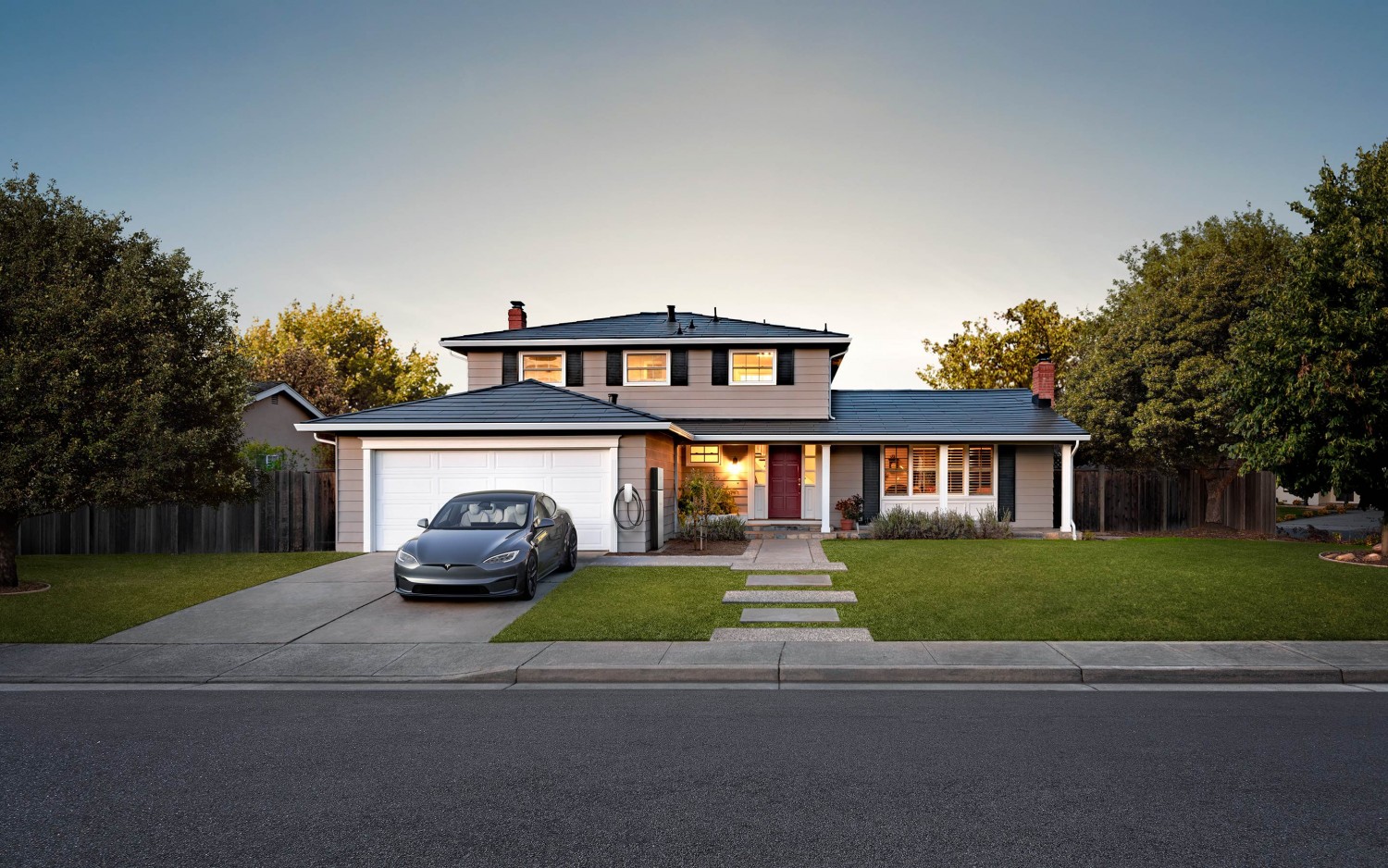
on Tesla Opens Futuristic Diner That Blends EV Charging with Quick Service Dining
At a time when operators are grappling with high labor costs, margin pressures, and shifting consumer expectations, the Tesla Diner offers a different kind of blueprint.
By Paulina Hubli, RTN staff writer - 7.23.2025
Tesla has made its official foray into hospitality with the opening of its first full-scale diner concept in Hollywood, California. Located on the corner of Santa Monica Boulevard and North Orange Drive, the new Tesla Diner is more than just a themed eatery. It represents a new kind of hybrid venue where fast-casual food, electric vehicle infrastructure, and experiential branding come together. While it may not resemble a traditional restaurant or chain prototype, the concept is attracting attention throughout the hospitality and restaurant technology sectors for what it suggests about the future of mobility-centric foodservice.
Elon Musk first announced the project on Twitter back in 2018, proposing a classic drive-in diner with roller-skating servers and a vintage rock-and-roll theme at one of Tesla’s charging stations in Los Angeles. That concept has now come to life, albeit with updated execution, at what is currently the only operational location. Tesla has indicated that if the pilot proves successful, it could scale the model to other high-traffic urban markets. For Tesla, the diner is less about launching a foodservice brand and more about embedding the Tesla experience into the physical environment, extending its reach into lifestyle and hospitality.
The Hollywood site serves a dual function. It is both a destination for Tesla enthusiasts and a high-capacity EV charging hub with 80 V4 Supercharger stalls, reportedly the largest of its kind in an urban setting. Two towering outdoor video screens continuously display a curated stream of Tesla-branded content, science fiction television, and promotional reels. The overall effect is immersive and consistent with Tesla’s identity as a futuristic brand. While patrons wait for their cars to charge, they are encouraged to engage with the brand through food, media, and environment.
Inside the diner, the aesthetic is retro-futuristic. There are curved booths and countertop seating that evoke midcentury American diners, alongside sleek surfaces and space capsule-inspired details. Bathrooms are designed with circular windows and metallic finishes, reinforcing the space-age theme. The menu, overseen by veteran chef Eric Greenspan, offers comfort food with premium touches. Dishes include tuna melts, club sandwiches, chicken and waffles, and grilled cheese made with Tartine bakery bread. Meals are served in custom-designed packaging, including Cybertruck-shaped boxes and utensils that further reinforce the brand’s iconography.
From an operational standpoint, the Tesla Diner serves as an intriguing case study in streamlined service and food tech. Orders are placed digitally and picked up at a central counter, minimizing the need for server interaction and keeping labor requirements low. Food runners on roller skates provide additional atmosphere but are not essential to the service model. This design supports efficiency and scalability, and aligns with broader trends in automation and reduced FOH staffing in the fast-casual segment. Back-of-house operations are fully visible, adding transparency and theater to the experience. Loud kitchen choreography and a blaring soundtrack amplify the energy and make the space feel more like a branded entertainment venue than a conventional diner.
The real innovation lies in how Tesla is using the diner to turn dwell time into monetized engagement. Charging an electric vehicle can take anywhere from 20 to 45 minutes, depending on the hardware and battery level. Tesla is converting that wait into a retail opportunity, integrating hospitality into a setting that traditionally lacks food and beverage options. For restaurant operators and technology vendors, this represents a new kind of location logic. Instead of optimizing for foot traffic or delivery zones, operators may soon be evaluating EV charging hubs as viable sites for tech-enabled foodservice outposts. Data-driven decisions based on driver behavior, vehicle data, and time-on-site analytics could inform menu design, throughput optimization, and promotional strategies.
Additionally, the diner serves as a live demonstration of Tesla’s broader approach to vertical integration. The company already controls its vehicle hardware, charging infrastructure, software stack, and user interface. Now, with the diner, it is experimenting with incorporating hospitality as part of the Tesla ecosystem. Payment is frictionless, integrated through mobile platforms and Tesla accounts. The experience is largely cashless and digital, reinforcing trends seen across both EV infrastructure and next-generation restaurant concepts.
For the restaurant technology industry, the diner also highlights the growing influence of immersive brand ecosystems. Tesla does not need to rely on third-party aggregators, delivery apps, or loyalty programs to generate demand. Instead, it creates an experience that is both exclusive and self-reinforcing. Customers are there to charge their vehicles, but they are also consuming content, interacting with staff, and engaging with the brand on a multi-sensory level. The integration of digital signage, location-based services, and physical product sampling suggests a future where restaurants are not just about food and service but also about identity and experience.
At a time when operators are grappling with high labor costs, margin pressures, and shifting consumer expectations, the Tesla Diner offers a different kind of blueprint. It is built for efficiency but wrapped in spectacle. It turns a fixed wait into an economic opportunity. And it showcases how physical infrastructure, when paired with strong brand affinity and smart technology, can serve as the foundation for a new kind of hospitality format.
While the concept is still in its early days, and its scalability remains to be proven, the opening of the Tesla Diner signals a broader shift in how technology companies can enter the foodservice space. For restaurant operators, designers, and tech providers alike, it is a glimpse into a future where dining, transportation, and digital interaction converge. As electric vehicles become more mainstream and consumers demand more personalized, engaging experiences, the diner may prove to be less of a novelty and more of a prototype. The real question for the industry is not whether Tesla can succeed in foodservice, but whether its approach will inspire a new generation of tech-driven, infrastructure-anchored hospitality models.
Previous
Please first to comment
Related Post
Stay Connected
Tweets by elonmuskTo get the latest tweets please make sure you are logged in on X on this browser.






 Energy
Energy